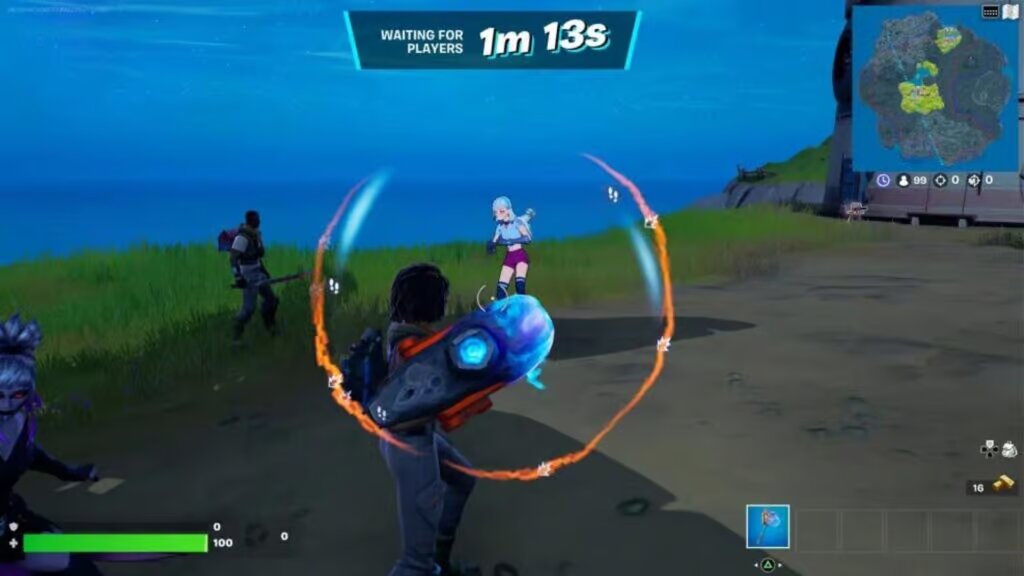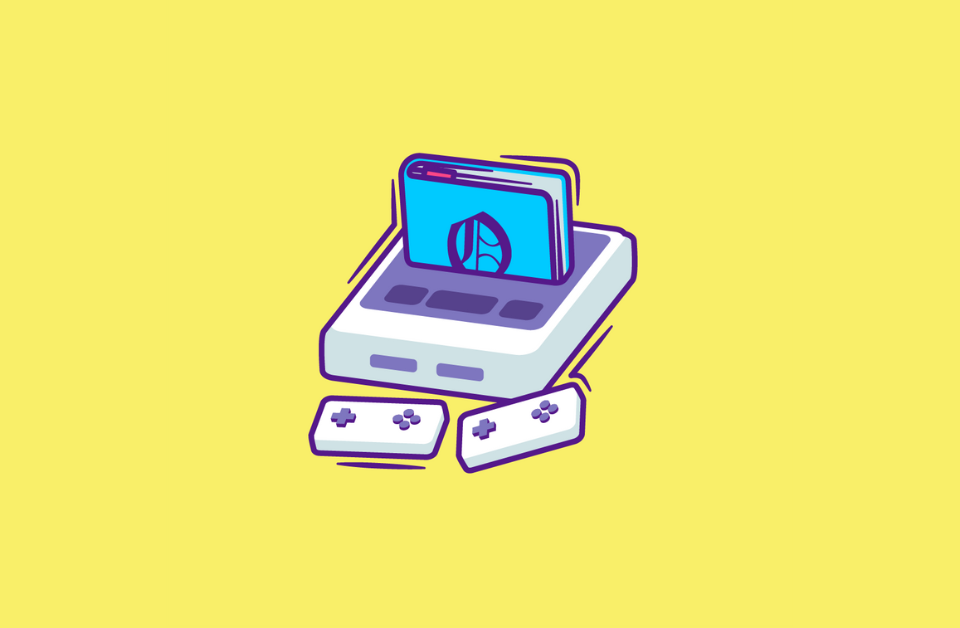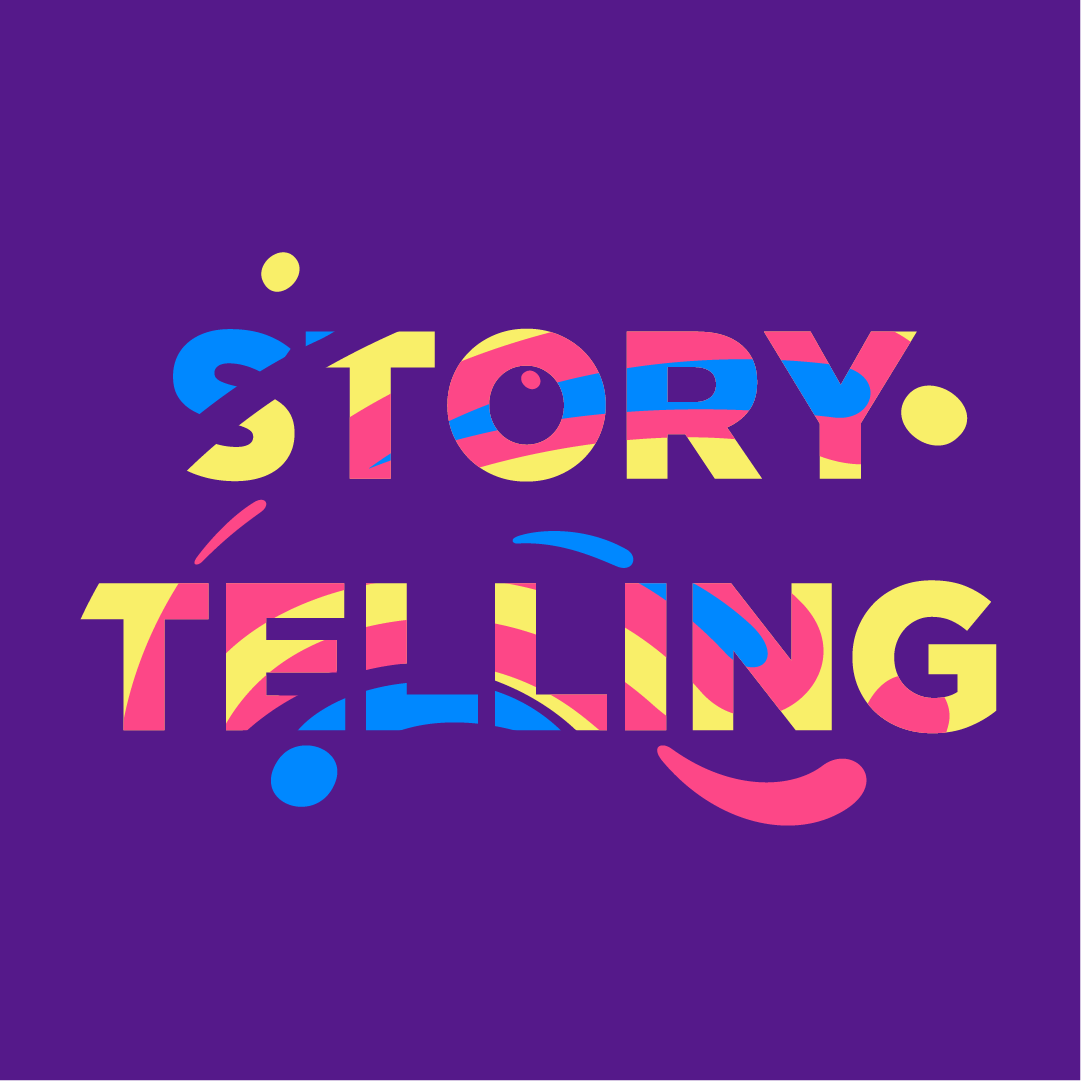
Why you should create stories for your educational games
2023-12-12
How we create our games
2024-02-14Video games need better accessibility
Although the 2020 pandemic saw the video game booming the world over, a recent study finds that 1 in 5 of casual gamers have a disability.
This shows that there is a large segment of the gaming market that remains untapped or understated, and a real need for better accessibility in video games.
Consequently, efforts have been made to make gaming more accessible for people with various impairments, some of whom could stand to gain the most out of gaming outside of pure entertainment.
What are the different disabilities that affect gaming?
There is a large diversity of conditions that affect gamers, and can be considered handicaps. We will be focusing on 4 classifications of disability, in accordance with the WHO (World Health Organization) guidelines: Visual, Hearing, Motor, and Cognitive impairments.
A 2010 study finds 9% of the US population have reduced gaming experiences because of disability, while 2% cannot play at all as a direct result. This study also determines 3 main categories of accessibility issues in video games relating to disabilities:
- Inability to receive feedback because of sensory impairment. Ex. Not being able to hear one’s surroundings in a first-person shooter, where ambient sound contributes to the game’s experience.
- Inability to determine in-game responses, often as a result of the previous issue. For example, the hearing-impaired person playing a shooter cannot determine how to respond to ambient sound if they cannot distinguish what the sound itself is.
- Inability to provide input with conventional methods. For example, a person with quadriplegia can use neither a classic keyboard/mouse setup, nor a gamepad.
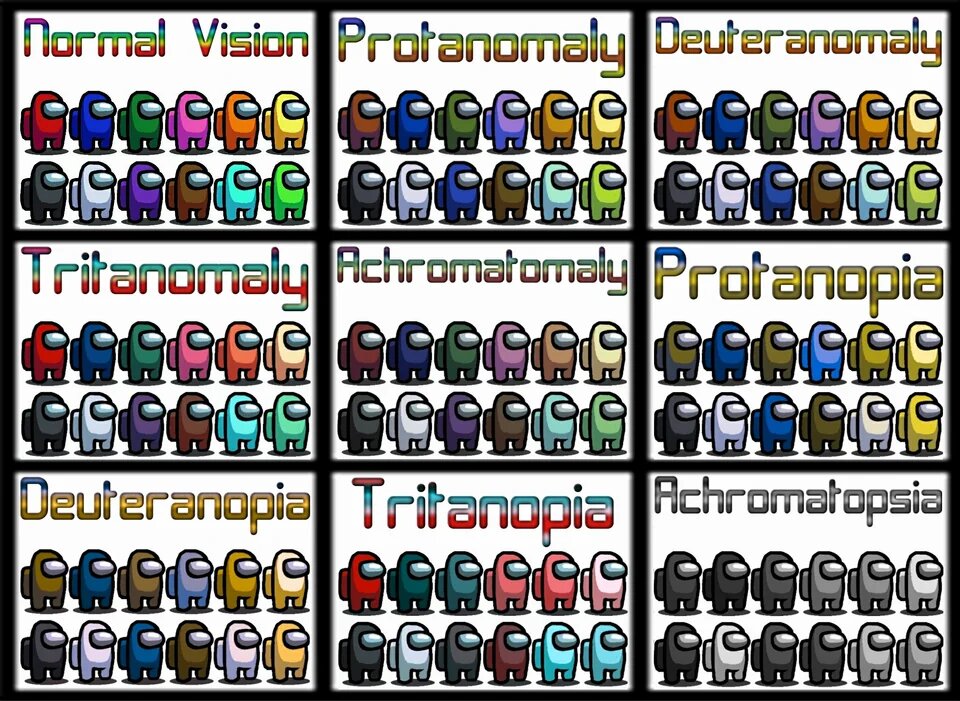
Among Us saw one of the biggest rises in popularity during the pandemic. The social deduction game relied heavily on colors, prompting a conversation about what the game was like for people living with various types of colorblindness.
What we have done to improve accessibility
The game industry has had some success in improving accessibility.
For one, we’ve created games specifically catered to people with disabilities. Some examples include audio games, one-switch games (also known as one-button games), and universally accessible games (games that have multiple interfaces to support different impairments).
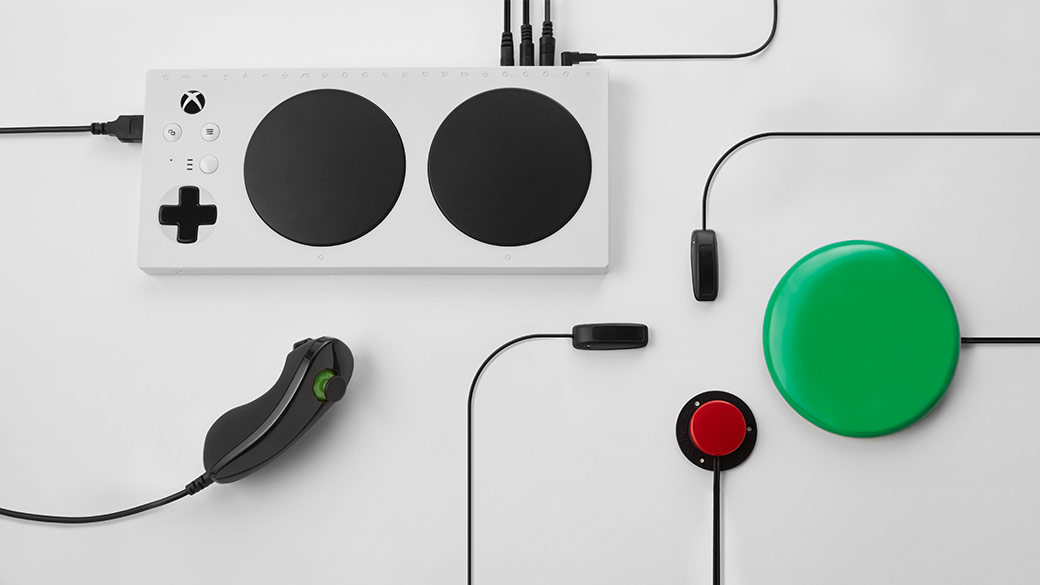
Xbox Adaptive Controller
Additionally, many companies and volunteer groups have dedicated time and resources into modifying controllers in order to make them more accessible - namely for people with motor impairments. Some commonly known examples are: Quadstick (made for people with paraplegia), SpecialEffect (eye-controlled controller), Xbox Adaptive Controller, Microsoft Copilot, and mouth controllers.
As voice chatting becomes more prevalent in today’s gaming, and a core element of multiplayer experiences in particular, efforts have been made to include those whose impairments may prevent them from joining in. These methods to replace speech are often called Augmentative and Alternative Communication (AAC). Some examples of AAC include: Chat Transcription by Playstation, Party Chat Speech Transcription and Synthesis by Microsoft, and Callouts Evolved (third-party software)
Guidelines to improving accessibility in gaming
Several attempts have been made at establishing guidelines for accessibility in gaming. Academic research into the issues of accessibility are also offering comprehensive approaches that provide context and reasoning to developers.
Hearing & Visual Impairment
Enhance stimuli (high-contrast colors, bigger text, colorblind-friendly schemes, etc.) or replace stimuli (audio cues, haptic feedback, etc.)
- Among us adding visual cues to color-dependent puzzles, making them colorblind-friendly
- Fortnite, a third-person shooter game, using audio visualization to show ambient sounds
Motor impairments
Replace input (support direct voice input, brain-PC interface), reduce input (switch access scanning, remove or automate certain input), or adapt input.
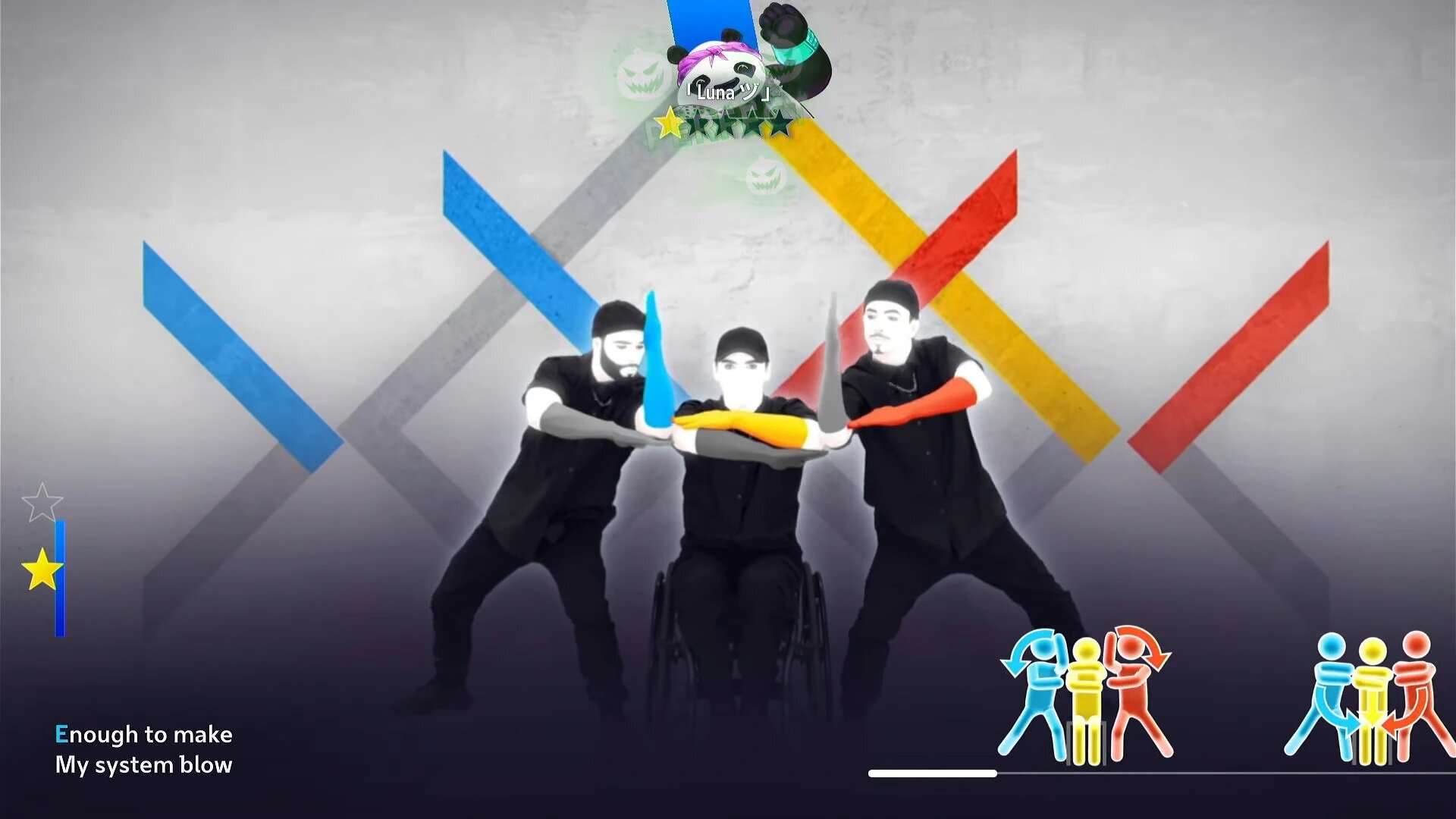
Just Dance, a dance/rythm game, including seated/wheelchair-accessible routines
Cognitive Impairments
Reduce stimuli (limit game objects, simplify gameplay/storyline/features) reduce constraints (slow down the game, remove timers), reduce input
One important aspect for game developers looking to improve accessibility in their games is simply to allow the player to customize their experience. Each player is different, and deserves to make the game adapt to them, not the other way around!
What does the future look like for accessibility in video games?
Gaming itself has evolved considerably from its early days. In this modern age, playing video games is more than just entertainment- it is an avenue through which people connect and form communities. Never was that phenomenon more evident than during the last pandemic.
To paraphrase AbleGamers, one of the leading organizations championing inclusive gaming, there is a great potential for video games to combat social isolation, especially with those most vulnerable to it.
In recent years, many efforts have been put in place to drive accessibility in gaming forward. In 2021, EA (Electronic Arts) made five of their accessibility patents available for all studios to use, with the hope that others would join in on their movement in the future. In early 2023, Sony launched “Project Leonardo” a highly customizable (and moddable) controller kit that would allow those with disabilities to play any game they want on their Playstation - or their PC - free of any hindrances.
In conclusion
Accessibility in video games has progressed by leaps and bounds in recent years, with new types of games, new controllers, and more customization of game controls.
However there is still a long way to go, and many other disabilities to cater to. As the academic literature grows and more developers take the initiative to create experiences that cater to everyone, there is reason to be optimistic about a future where everyone can enjoy and benefit from video games.
At Play Curious, we strive to create game-based experiences that serve everyone. We’re looking forward to making our games more accessible and inclusive.
